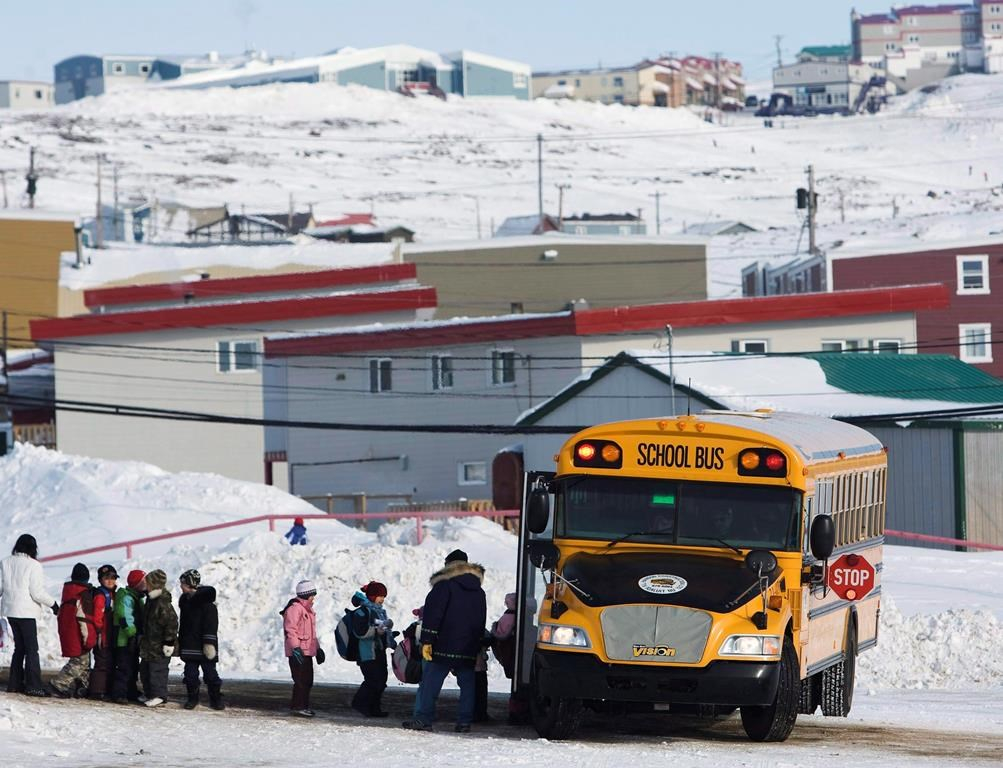Support strong Canadian climate journalism for 2025
Social media plays a central role in a five−year plan aimed at reducing the number of suicides in Nunavut.
"Just about everyone up here has a Facebook account," said David Lawson, an RCMP officer who is president of the Embrace Life Council, which helped produce the plan along with the Nunavut government, RCMP and other organizations.
Lawson said the plan, outlined Monday at Facebook’s Boost Your Community summit in Iqaluit, replaces a temporary one put in place last year.
A summit was held in Iqaluit in May 2016 with representatives from across Nunavut to share ideas on what was working and what else was needed, Lawson said.
"One of the things that we heard during the summit last year is that we need to make sure the work that we’re doing reaches more Nunavummiut —people of Nunavut — and especially the youth, and one of the means that people suggested was social media," Lawson said.
"Collaborating with Facebook for this launch will allow us to reach out to them better."
The Canadian average suicide rate is 11 per 100,000 people, but Nunavut’s rate is 117. For Inuit males between 15 and 29, the rate is almost 40 times the national figure.
But Facebook use in the North is also higher than the national average, said Kevin Chan, head of public policy for Facebook Canada.
"They are really using the platform as a primary way to communicate with each other. And we do see that in many communities that are more rural and more remote," said Chan, who was at Monday’s summit.
"Up in the North, Facebook really is the platform for communication."
The social media platform already has ways a user can anonymously report a friend’s distressing posts, but Chan said Facebook will now provide a link to a Health Canada wellness line that is culturally sensitive to indigenous people.
Lawson said the Nunavut summit last year also noted it was difficult for local groups with solutions to slog through the paperwork and proposals they needed to complete in order to secure funding.
He said the new five−year plan will address that with a fund for programs, large or small, that help prevent suicide — anything from mental health services and pre−natal care to early childhood education.
"We’ve made it so it’s easier for them to access, it’s easier to do up their proposals," he said.
George Hickes, Nunavut’s health minister, said communities know what they need and where they need to focus efforts to prevent suicide. Issues for communities range from lack of economic opportunities to overcrowded housing and the effects of residential schools.
"We’re different from other jurisdictions. I’m one generation from being born on the land. My father was born out on the land. So now we’re living a semi−urban lifestyle. It’s an adjustment in identity," Hickes said.
"Our communities know what they need. We’ve just got to be able to give them the resources to deliver."





Comments